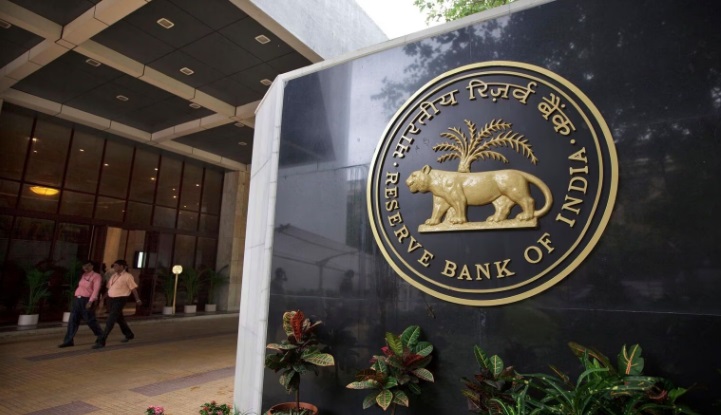
Steering India’s Economy Through Global Turbulence: A Strategic Approach
The RBI’s navigation through this period of global economic flux, characterized by its cautious yet optimistic monetary stance, positions the Indian economy for resilience and growth.
As the Monetary Policy Committee (MPC) of the Reserve Bank of India (RBI) gears up for its policy decision, a palpable sense of anticipation permeates the financial markets.
Observers and analysts alike are poised for the RBI to uphold its current monetary policy stance, a decision that seems almost foreordained amidst the labyrinth of economic indicators and swirling global trends.
At the crux of the RBI’s deliberate prudence is the albatross of inflation—a challenge that, despite substantial easing in core metrics, remains daunting due to persistently high costs of food and fuel and an uncertain outlook for these prices.
This has kept headline retail inflation stubbornly above the comfort threshold set by the MPC.
The situation is further complicated by India’s robust economic growth, which shines brightly against the backdrop of a sluggish global economy, and a fiscal deficit that, while having seen significant reduction, still looms larger than the pre-pandemic era.

Such a complex economic tableau necessitates a cautious approach from the RBI, disinclining it from embarking on rate cuts until inflation markedly approaches the targeted bounds.
The global monetary policy landscape adds another layer of complexity to the RBI’s calculus.
Europe’s tentative steps towards rate reductions stand in stark contrast to Japan’s gradual tightening and the United States postponement of anticipated easing measures, thanks to unexpectedly strong growth and labour market conditions.
This patchwork of global monetary actions lends weight to the RBI’s propensity for maintaining its current stance, potentially deferring any rate cuts until well into 2025—despite speculative forecasts of a policy relaxation by the tail end of 2024.
Contrary to what might be expected in such uncertain times, the Indian financial markets have shown remarkable resilience in the face of the RBI’s steadfast policy direction.
The yields on the benchmark 10-year government securities have softened, despite a shift of banking sector liquidity from surplus to deficit and of late a near equilibrium state.
The flattening of the yield curve indicates an unusual alignment between short-term and long-term rates.
Moreover, the prospect of significant foreign portfolio investments, especially following India’s inclusion in global bond indices, paints a rosy picture of the nation’s debt market.
The anticipated influx of foreign capital is expected to further drive down yields in the debt market, thereby enhancing the appeal of Indian equities by lowering the risk-free rate and consequently, the discounting factor on future earnings projections.
As the RBI stands at the helm of India’s monetary policy, steering through the choppy waters of global economic uncertainty, its upcoming policy meeting is less about dramatic shifts and more a testament to the virtues of strategic patience and nuanced judgement.
With a vigilant eye on both domestic economic health and the tumultuous global economic environment, the RBI’s approach is one of careful calibration, aimed at fostering stability while nurturing growth.
This judicious balance between guarding against inflation and stimulating economic activity is expected to yield a conducive environment for sustained bullishness in the Indian equity markets.
The RBI’s navigation through this period of global economic flux, characterized by its cautious yet optimistic monetary stance, positions the Indian economy for resilience and growth.


